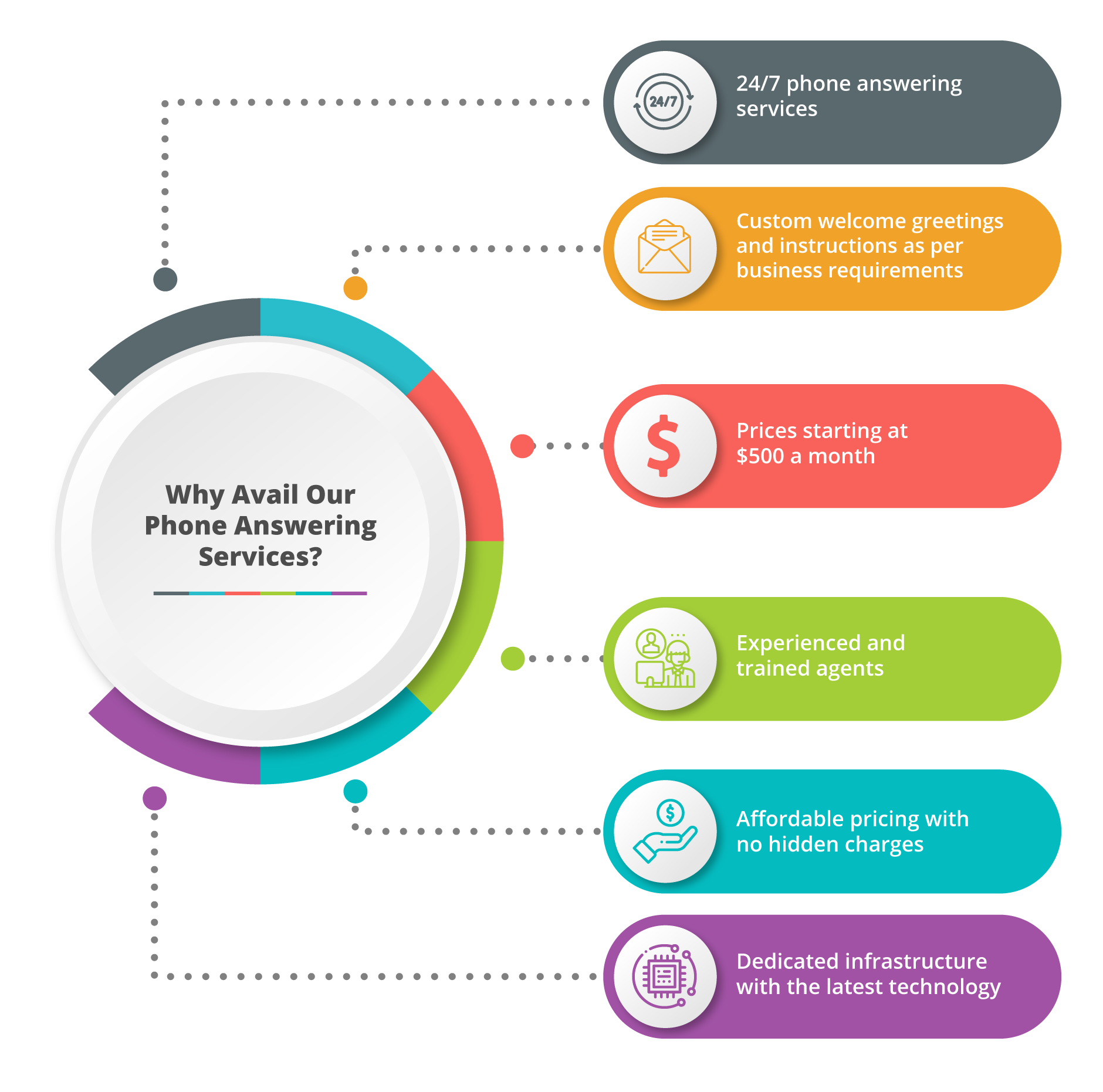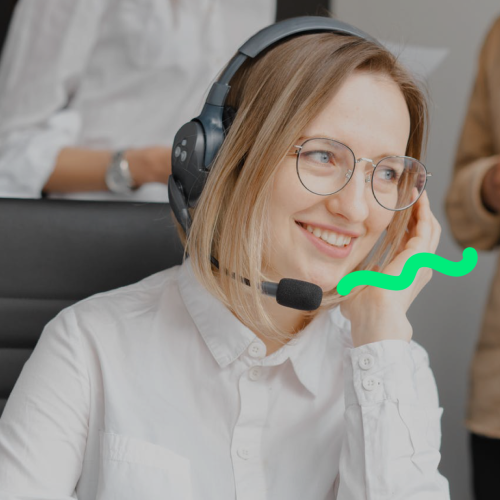All Categories
Featured
Table of Contents
- – Top The Ultimate Guide To Telephone Answering S...
- – What Are The Highest Rated How Outsourced Phon...
- – What Is A Good Price For A Automated Answering...
- – What Is The Best How Does An Answering Servic...
- – What Are The Best Phone Answering Service - I...
- – What Is The Best What Is An Answering Servic...
Top The Ultimate Guide To Telephone Answering Services
This gadget and its followers were created by Sava Jacobson, an electrical engineer with a private consulting organization. While early voice mail utilized magnetic tape innovation, most contemporary equipment uses strong state memory storage; some gadgets use a combination of both, with a solid-state circuit for the outbound message and a cassette for the inbound messages.
"toll conserving" listed below) (professional phone answering service). This works if the owner is evaluating calls and does not wish to talk with all callers. In any case after going, the calling party should be informed about the call having actually been responded to (in a lot of cases this starts the charging), either by some remark of the operator, or by some greeting message of the little bit, or resolved to non-human callers (e.
This holds particularly for the Little bits with digitally stored greeting messages or for earlier machines (prior to the rise of microcassettes) with a special limitless loop tape, separate from a 2nd cassette, dedicated to recording. There have been answer-only gadgets with no recording capabilities, where the greeting message needed to notify callers of a state of present unattainability, or e (virtual answering service).
What Are The Highest Rated How Outsourced Phone Answering Service Can Help Your ...?

about accessibility hours. In tape-recording TADs the welcoming typically includes an invite to leave a message "after the beep". An answering machine that uses a microcassette to tape-record messages On a dual-cassette answerphone, there is an outbound cassette, which after the specified number of rings plays a pre-recorded message to the caller.

Single-cassette voice mail contain the outbound message at the start of the tape and incoming messages on the staying area. They first play the announcement, then fast-forward to the next available space for recording, then record the caller's message. If there are lots of previous messages, fast-forwarding through them can cause a considerable delay.
This beep is typically described in the greeting message, asking for that the caller leave a message "after the beep". Littles with digital storage for the tape-recorded messages do not show this delay, obviously. A TAD might offer a remote control center, where the answerphone owner can sound the house number and, by entering a code on the remote telephone's keypad, can listen to tape-recorded messages, or delete them, even when away from home.
What Is A Good Price For A Automated Answering Services - How Do They Work??

Consequently the maker increases the number of rings after which it responds to the call (usually by 2, resulting in four rings), if no unread messages are presently saved, however answers after the set variety of rings (generally 2) if there are unread messages. This enables the owner to learn whether there are messages waiting; if there are none, the owner can hang up the phone on the, e.
Some makers also allow themselves to be from another location triggered, if they have been turned off, by calling and letting the phone ring a particular a great deal of times (generally 10-15). Some company abandon calls currently after a smaller sized variety of rings, making remote activation difficult. In the early days of Little bits an unique transmitter for DTMF tones (dual-tone multi-frequency signalling) was regionally needed for remote control, since the formerly utilized pulse dialling is not apt to communicate proper signalling along an active connection, and the dual-tone multi-frequency signalling was executed stepwise.
Any incoming call is not identifiable with regard to these homes in advance of going "off hook" by the terminal equipment. So after going off hook the calls should be switched to suitable devices and just the voice-type is instantly available to a human, however maybe, nonetheless ought to be routed to a TAD (e.
What Is The Best How Does An Answering Service Work? On The Market Now
What if I told you that you do not need to actually select up your gadget when responding to a consumer call? Somebody else will. So practical, right? Answering telephone call does not require someone to be on the other end of the line. Effective automated phone systems can do the technique just as effectively as a live agent and sometimes even better.
An automated answering service or interactive voice response system is a phone system that interacts with callers without a live individual on the line - business call answering service. When companies use this innovation, clients can get the answer to a question about your service just by utilizing interactions set up on a pre-programmed call flow.
Although live operators upgrade the client service experience, many calls do not need human interaction. A basic documented message or instructions on how a client can obtain a piece of information typically fixes a caller's instant requirement - professional phone answering service. Automated answering services are a basic and reliable way to direct inbound calls to the best individual.
What Are The Best Phone Answering Service - Intelligent Office Brands To Buy
Notice that when you call a business, either for assistance or item questions, the first thing you will hear is a pre-recorded voice welcoming and a series of options like press 1 for client service, press 2 for queries, and so on. The pre-recorded alternatives branch off to other options depending on the client's choice.
The phone tree system helps direct callers to the ideal person or department utilizing the keypad on a mobile phone. In some circumstances, callers can use their voices. It's worth noting that auto-attendant options aren't restricted to the 10 numbers on a phone's keypad. Once the caller has selected their very first alternative, you can develop a multi-level auto-attendant that uses sub-menus to direct the caller to the right sort of assistance.
The caller does not have to communicate with an individual if the auto-attendant phone system can manage their concern. The automatic service can path callers to an employee if they reach a "dead end" and need help from a live representative. It is expensive to hire an operator or executive assistant.
What Is The Best What Is An Answering Service? Manufacturer
Automated answering services, on the other hand, are significantly less pricey and provide significant expense savings at approximately $200-$420/month. Even if you don't have actually devoted personnel to deal with call routing and management, an automatic answering service improves efficiency by enabling your group to focus on their strengths so they can more efficiently spend their time on the phone.
A sales lead routed to client service is a lost shot. If a consumer who has product questions reaches the wrong department or receives insufficient responses from well-meaning staff members who are less trained to manage a specific kind of question, it can be a reason for aggravation and dissatisfaction. An automatic answering system can minimize the number of misrouted calls, therefore helping your workers make much better use of their phone time while freeing up time in their calendar for other tasks.
With Automated Answering Systems, you can develop a tailored experience for both your personnel and your callers. Make a recording of your primary welcoming, and just update it routinely to show what is going on in your company. You can create as many departments or menu alternatives as you want.
Table of Contents
- – Top The Ultimate Guide To Telephone Answering S...
- – What Are The Highest Rated How Outsourced Phon...
- – What Is A Good Price For A Automated Answering...
- – What Is The Best How Does An Answering Servic...
- – What Are The Best Phone Answering Service - I...
- – What Is The Best What Is An Answering Servic...
Latest Posts
Value Virtual Receptionist – QLD
Secure Small Business Answering Service Near Me ( Hobart)
Cheap 24/7 Answering Service – Joondalup
More
Latest Posts
Value Virtual Receptionist – QLD
Secure Small Business Answering Service Near Me ( Hobart)
Cheap 24/7 Answering Service – Joondalup